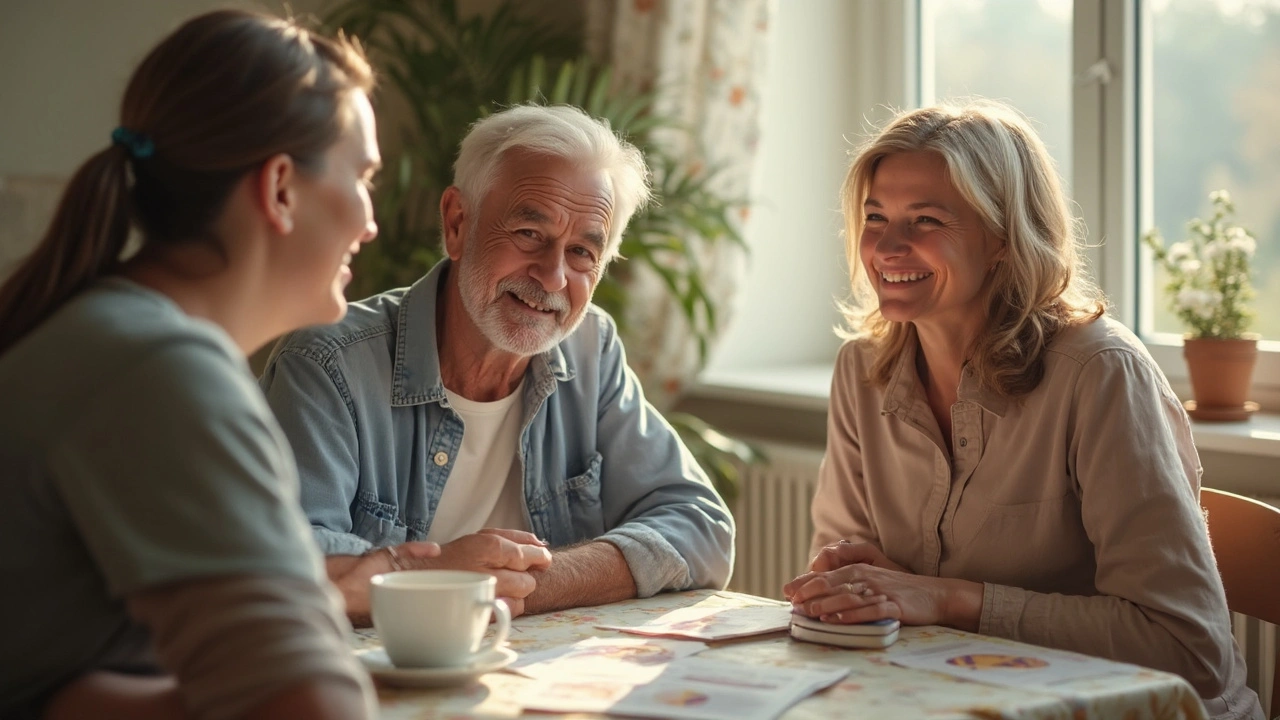Stroke recovery: clear steps you can use today
A stroke changes things fast. You or a loved one may feel overwhelmed, but small, practical steps add up. This page gives straightforward advice on what to do after a stroke, how recovery usually works, and simple habits that speed progress.
First weeks: focus on safety, basics, and early rehab
Right after hospital care, safety comes first. Make the home easy to move around in: remove rugs, add grab bars, and keep frequently used items within reach. Work with your therapy team to set short daily goals—get in and out of bed safely, walk a set number of steps, or practice holding a cup. Therapists start gentle exercises the first days to prevent muscle stiffness and to retrain movement patterns.
Medications matter. Common prescriptions after stroke include blood thinners, blood pressure meds, and cholesterol drugs. Take them exactly as prescribed and ask your doctor about side effects. Keep a simple pill chart or reminder app so doses aren’t missed.
Rehab that helps the most: what to expect and stick with
Three rehab types make the biggest difference: physical therapy for walking and strength, occupational therapy for daily tasks like dressing and cooking, and speech therapy for talking and swallowing. Aim for regular, short sessions rather than occasional long ones. Daily practice—10 to 20 minutes multiple times a day—beats one long session each week.
Use repetition with purpose. For example, if your weaker hand struggles to grip, do 10 real grips each session using a cup, not just pretend movements. Functional practice—doing the actual task—teaches the brain more effectively than isolated drills.
Keep your brain active. Read aloud, do simple puzzles, name items in a room, or practice phone calls. These tasks help language and thinking skills. If mood or memory feels off, tell your care team. Depression and fatigue are common but treatable.
Small lifestyle changes matter. Eat a balanced diet with lean protein and vegetables, aim for steady sleep, and avoid smoking and heavy drinking. If driving is in question, get a formal assessment before getting behind the wheel.
Technology can help. Tele-rehab sessions, smartphone reminders, and wearable step counters all support steady progress. Adaptive tools—like button hooks, jar openers, or one-handed cutting boards—make daily life easier while you rebuild skills.
Caregivers: set realistic routines and ask for help early. Short breaks, clear notes about meds and appointments, and simple daily checklists reduce errors and stress. Join a local support group or online forum for tips and encouragement.
Recovery takes time and doesn’t move in a straight line. Celebrate small wins—standing longer, fewer spills, clearer speech—and keep a short progress log. Track what you practiced and what improved; it helps therapists adjust your plan and keeps you motivated.
If new symptoms appear—worse weakness, sudden confusion, severe headache—call emergency services right away. For steady progress, stay consistent with therapy, follow medical advice, and use practical tools to make daily life safer and more independent.

